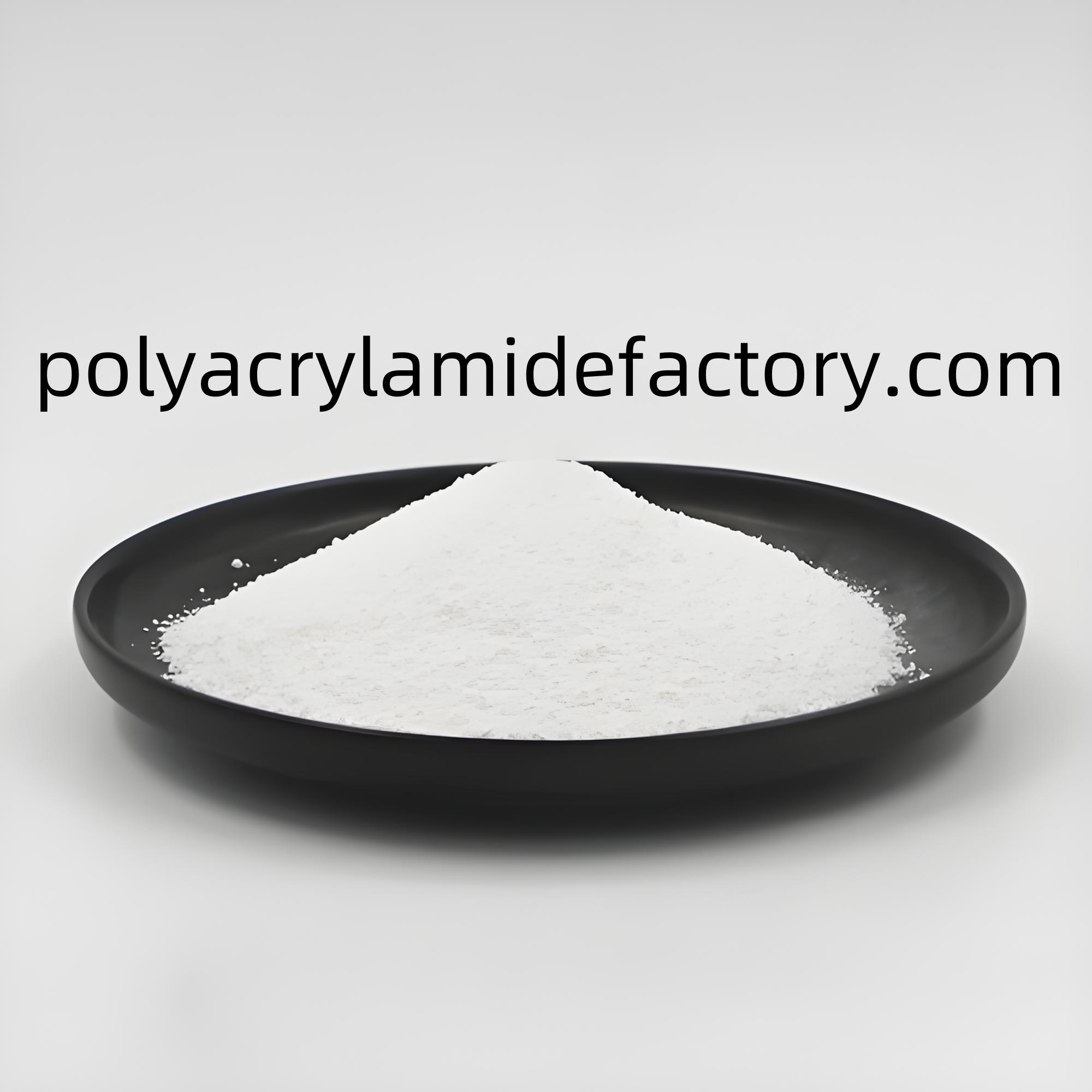Imagine a process where murky, polluted water is transformed into something clear and safe again. That transformation begins with Industrial And Urban Wastewater Treatment , a vital step that bridges technology, environmental care, and human innovation. It touches nearly every part of modern life, from factories producing goods to cities ensuring public health. Behind every clear drop lies an intricate process built on precision, dedication, and science.
Water is not just a resource; it is the heartbeat of industries and communities alike. As manufacturing grows and cities expand, managing waste streams becomes increasingly complex. The challenge is not merely about removing impurities; it is about restoring balance to an essential natural cycle. Each treatment step reflects an effort to harmonize productivity with responsibility, ensuring that progress does not come at the expense of the planet.
What makes the treatment of wastewater so fascinating is its adaptability. Each environment, whether industrial or urban, brings unique challenges. In manufacturing, chemical residues and process fluids demand robust removal strategies. Within cities, organic matter and daily waste require biological and mechanical coordination. Together, these systems operate quietly behind the scenes, maintaining a delicate equilibrium between human activity and nature.
Hengfeng brings a fresh perspective to this challenge, blending advanced material science with a deep understanding of environmental processes. Their innovations focus on simplifying treatment steps while enhancing results, creating systems that require less manual intervention but deliver cleaner outcomes. By developing reliable and efficient products, Hengfeng helps businesses and municipalities reduce environmental footprints while improving operational continuity.
What sets modern treatment apart is its holistic approach. It is not only about filtering waste; it is about reclaiming potential. Many facilities now view treated water as a resource rather than a liability. Reuse and recycling open doors to reduced consumption, lower costs, and sustainable urban development. This shift marks a meaningful evolution in how industries and communities view their connection with nature.
Another important element is innovation. Treatment technologies have evolved from passive systems into active, intelligent solutions. Sensors, automation, and data-driven adjustments ensure efficiency at every stage. Facilities can monitor conditions in real time, predicting maintenance needs before issues occur. This modern perspective allows cities and industries to focus on growth without compromising ecological care.
At its core, wastewater treatment embodies the spirit of renewal. It turns something discarded into something valuable, reflecting the balance between progress and preservation. Every clear stream leaving a facility tells a story of human ingenuity, responsibility, and respect for the environment. That clarity is not just physical—it represents a vision for cleaner, more sustainable living.
To explore how innovation continues to shape wastewater management and discover technologies that enhance performance, visit https://www.polyacrylamidefactory.com/news/industry-news/how-industrial-and-urban-wastewater-treatment-can-improve-with-cationic.html



